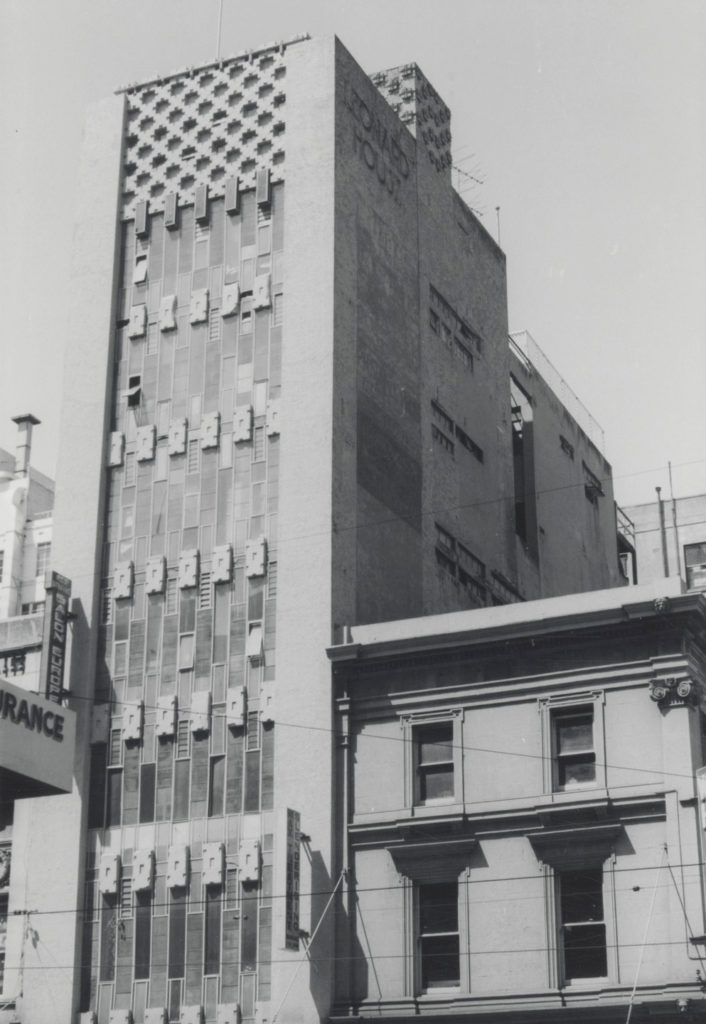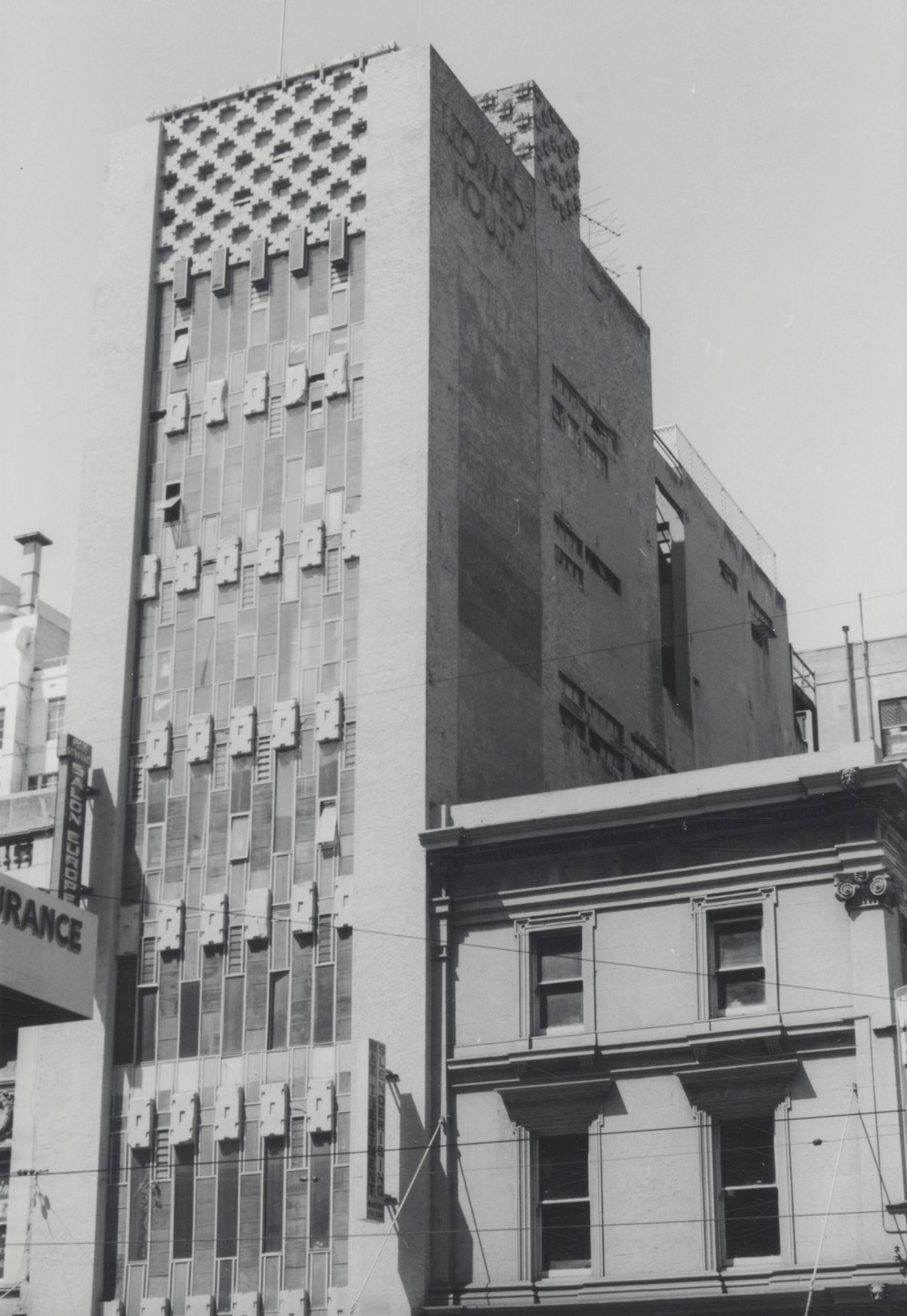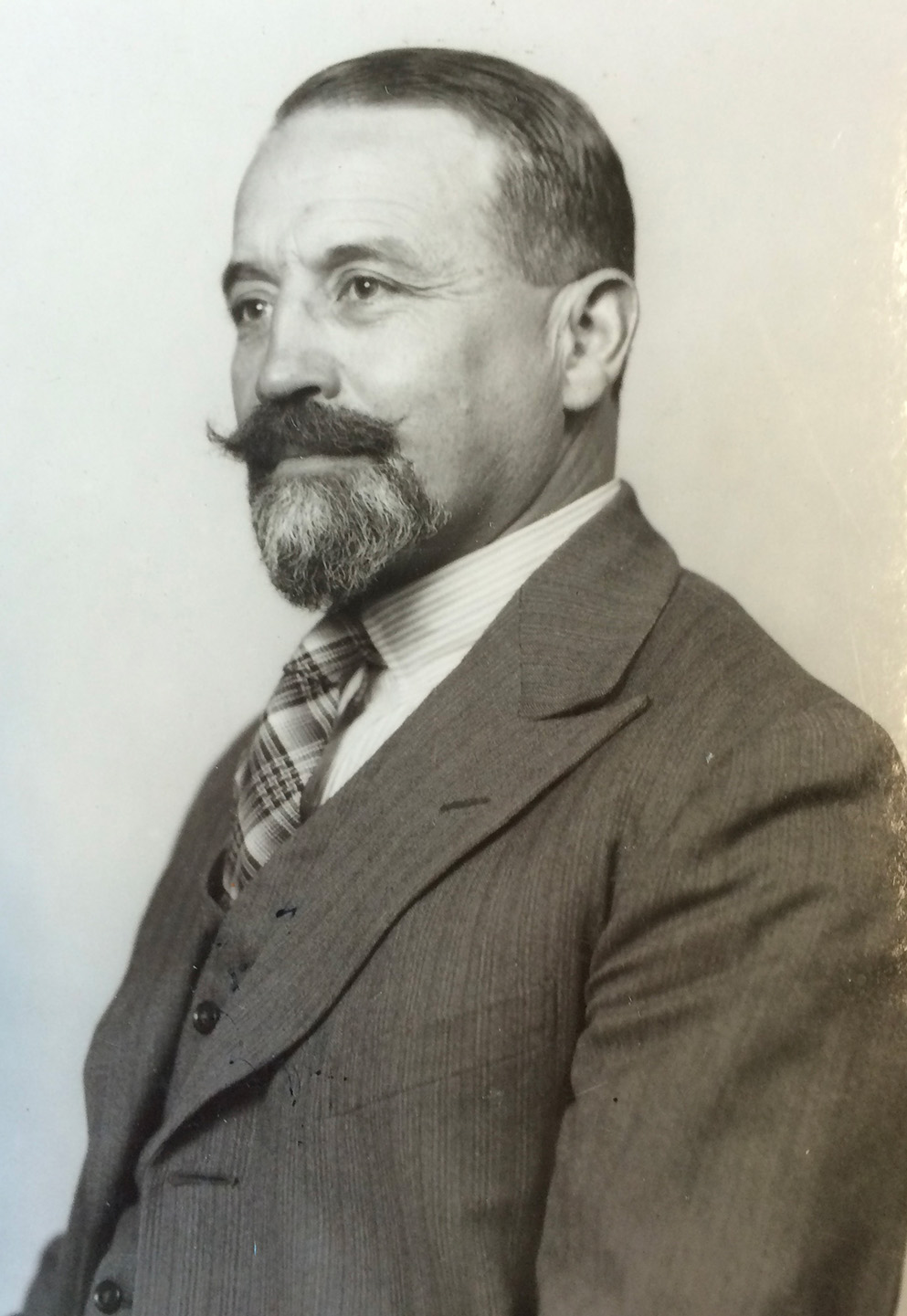One of Dyason’s early ventures into underwriting was floating V. Leonard Kanevsky Pty Ltd in 1919. Leonard Kanevsky had arrived in Australia in 1912, a refugee via England from Tsarist Russia where he had been imprisoned for his politics. He was a moderate socialist and a follower of Alexander Kerensky who was later minister for justice in the Provisional Government formed following the February Revolution in 1917. When Kanevsky came to seek Dyason’s services he was a leading figure in Melbourne’s small Russian community and well established in Flinders Lane manufacturing women’s clothes. He had bought on mortgages, four, two story buildings there which he planned to demolish and replace with a single warehouse, and had acquired around five hundred employees.
By February, 1921 Kanevsky was in trouble, probably partly because of the world-wide depression at that time. His bank was ready to wind up the business but at a meeting of creditors Dyason successfully urged it not to ‘press the business into liquidation’. An examination of the stock had shown it had been ‘very well bought’, the quantities ‘stated by K were all there’ and the majority of shareholders were ready to grant the extension. He had confidence in Kanevsky.
Dyason’s confidence was justified but he might have been surprised by the subsequent expression of Kanevsky’s entrepreneurial ability. As it happened a fire in one of Kanevsky’s buildings compounded his problems and he did lose his manufacturing business. However, he raised funds by establishing a wholesale dress goods company and, a novelty at the time, selling the goods at wholesale rates in a retail shop. His interest in the properties he had bought was disposed of at a sheriff’s sale and he was able to pay off some of his creditors. Undaunted, Kanevsky used the remnant of his capital to buy a property at 46 Elizabeth St where he occupied the basement. Somehow he raised the money to erect on the site, a Walter Burley Griffin designed, seven story office building, Leonard House, more commonly known as the ‘glass house’ because the front and back walls were made of glass. He satisfied the more pressing claims of creditors by letting floors and business suites on a year’s lease before the building was finished. As Smith’s Weekly, saw it, ‘Kanevsky, the type that’s not stopped by little difficulties’.
Sheila Fitzpatrick, White Russians, Red Peril: A Cold War History of Migration to Australia, Carlton, Vic. Latrobe University Press in conjunction with Black Inc., 2021; Nicholas V. Riasanovsky, A History of Russia, Oxford University Press, New York, 1977; Smith’s Weekly, 17/10/21, 8; National Library of Australia, Scott Papers, Ms 703/10, 84-149, Letter, 4/2/21; University of Melbourne Archives, Edward Dyason Collection, 2006.0074, Unit 4, 20/11/22.
Acknowledgement to accompany image
‘Leonard House, 46 Elizabeth Street, Burley Griffin, John Collins Photographer. From the collection of State Library Victoria



